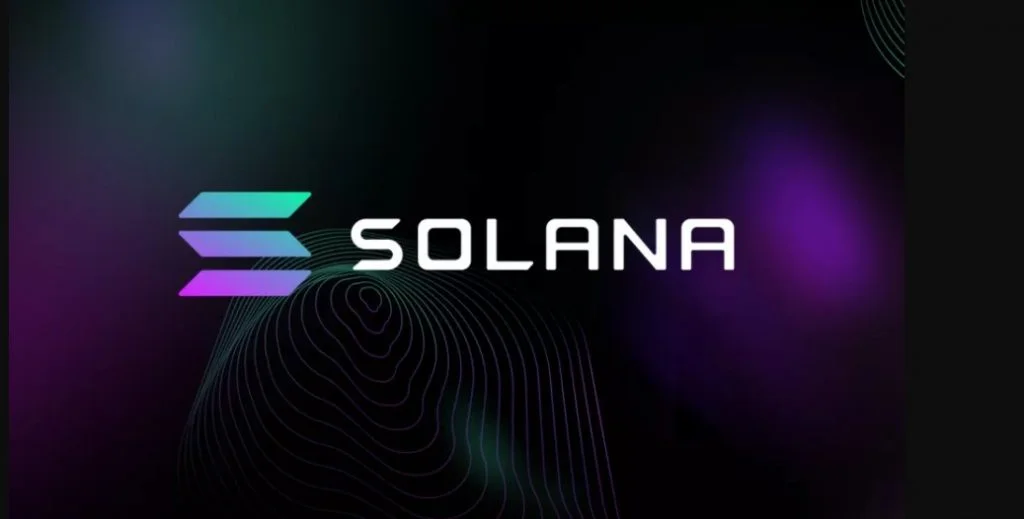Solana (SOL), a popular open-source Blockchain that facilitates smart contracts, has seen a significant increase in market value in recent months. Solana’s NFT sales volume has resulted in it becoming the second-largest protocol by the end of the quarter

according to data from cryptocurrency analytics platform Messari, with Ethereum taking first place.
The NFT market performance of Solana
Despite the volatility in network usage and infrastructure that surfaced near the end of the quarter, the smart contract platform welcomed new NFs in the first quarter. As the number of sales hit a billion, the NFT market exploded.
The network’s diversification of TLV across multiple DeFi apps, such as the upgrade of the user experience with the Phantom mobile wallet, as well as the launch of different applications within the network outside the DeFi space, all contributed significantly to Solana’s success.
However, the network encountered some drawbacks when network failure resurfaced. The network was shut down for eight hours on May 2nd and only came back online after network validators completed a cluster restart. This is just one of several examples that have been linked to high network congestion.
The network performance of Solana is both encouraging and worrisome
Solana has experienced an increase in certain measures over the last quarter of this year. Likewise, some declining trends have also emerged.
As Messari notes in its report “while market cap and revenue declined by 30% and 43.5%, respectively, the network experienced continued uptrends in usage, quantified by average active unique fee payers (+28.4%), average transactions per second (+94.8%), and total average daily transactions (+4.2%).”
Additionally, the decline in revenue generation reflects the -44.8% drop in average transaction fees, according to the report. Due to the poor network performance, revenue also decreased. This was linked to a significant drop during periods of network congestion.
“Because revenue declined faster than market cap, the price-to-sales (P/S) ratio trended upward, moving from 676x to 991x. Unlike last quarter, network usage continued to grow while financial performance declined.” –Messari.
